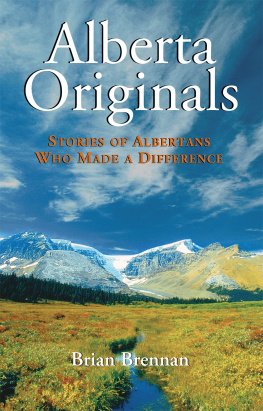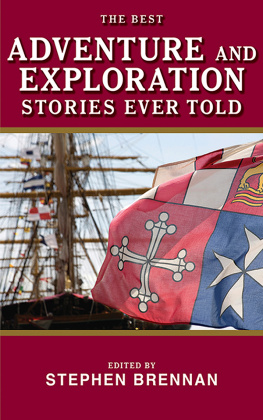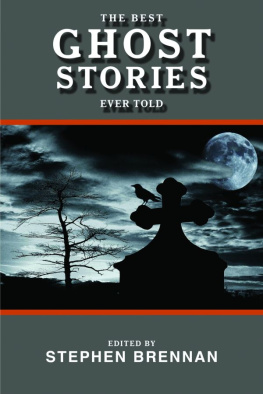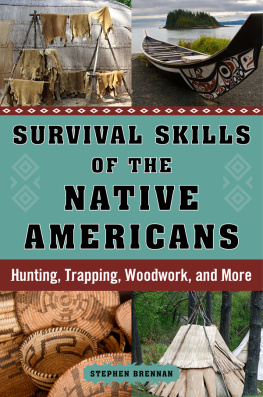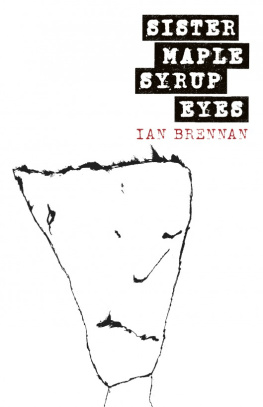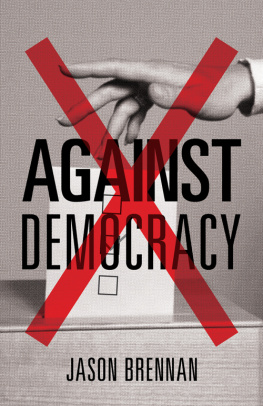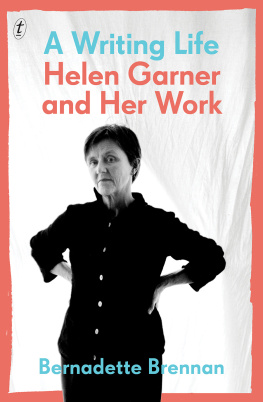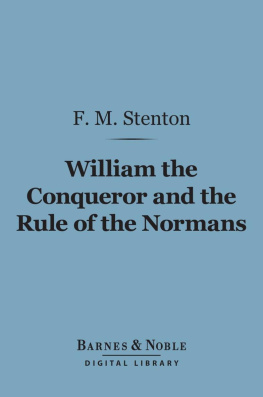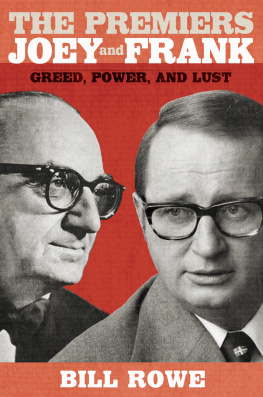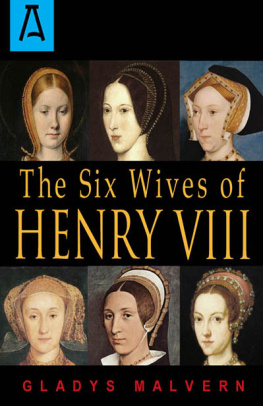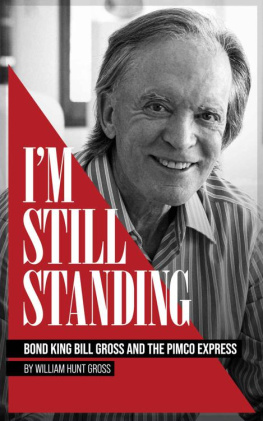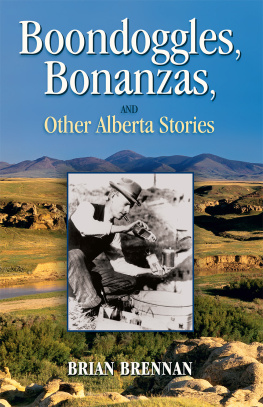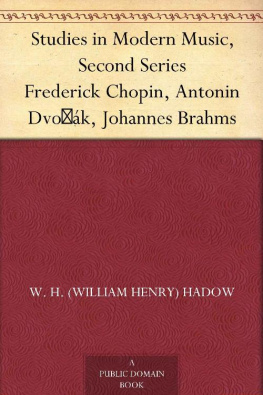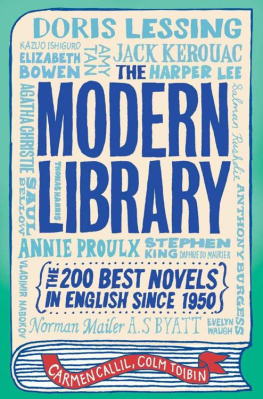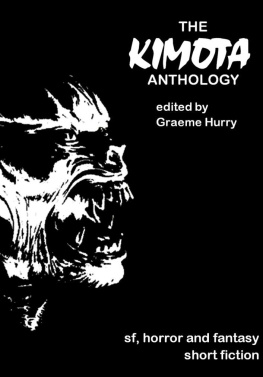All rights reserved. No part of this publication may be reproduced, stored in a retrieval system, or transmitted in any form or by any means electronic, mechanical, audio recording, or otherwise without the prior written permission of the publisher or a photocopying licence from Access Copyright, Toronto Canada.
Includes index.
. AlbertaBiography. I. Title.
Introduction
Ralph Klein likely wouldnt appreciate the comparison, but I see some striking similarities between the current Alberta premier and his predecessor of the Great Depression, William Bible Bill Aberhart.
Both worked in broadcasting before entering politics. Klein was a radio and television reporter with CFCN in Calgary when he ran successfully for mayor in 1980 . Aberhart was the host of CFCN Radios popular Back to the Bible Hour when he became Albertas first Social Credit premier in 1935 . And, by remarkable coincidence, both took their budgetary cues from eccentric foreign theorists named Douglas. Kleins economic visionary was Sir Roger Douglas, a politician from New Zealand who coined the slogan, Dont blink. Aberharts fiscal hero was Major Clifford Douglas, a Scottish electrical engineer whose catch phrase was Poverty in the midst of plenty.
I didnt intend initially to include Aberhart when I started choosing Albertans for this book. He was already the subject of at least three full-length biographies, and I felt I would have little to add to what was already written about the man. However, his name kept cropping up regularly in stories I was writing about other Albertans, so I eventually decided that the ghost should assume bodily form and substance. He looms large in Alberta myth. As biographers Christina McCall and Stephen Clarkson said about Pierre Elliott Trudeau, He haunts us still.
Though he died the year I was born, 1943 , Aberhart has been haunting me, it seems, ever since I came to Canada from Ireland in 1966 and settled first in Vancouver. The province of British Columbia had been governed in the name of Social Credit for fourteen years before I arrived, and the Social Credit name was synonymous with Bible Bill Aberhart. Who was this quixotic preacher from the Prairies who spawned a political movement that spread from Alberta to British Columbia and to the House of Commons? Thats the question that finally led to my including Aberhart in this volume of biographical profiles.
To me, Aberhart was and remains an enigma. Like Ralph Klein today, he always seemed more comfortable preaching borrowed economic ideas into a microphone than trying to explain the logic behind them when the tough questions were asked. What made Aberhart tick? Probing an enigma poses an irresistible challenge for a biographer.
Choosing the other Albertans for this book resulted from the same non-scientific, idiosyncratic, and you might say, entirely personal process. Some of them, like Aberhart and his successor Ernest Manning, were already well known. But to me and Im sure to others of my generation, they were known in name only. When I came to Alberta in 1974 , Manning had been gone from provincial politics for six years. His name still resonated in discussions about the Socred government that Peter Lougheeds Conservatives had toppled in 1971 . However, the record of Mannings achievement was known only to political science students and to those who were around in the 1940 s and 1950 s to witness Manning leading Alberta from the lingering devastation of the Great Depression to the unparalleled prosperity of the post-war oil boom.
And who were the Famous Five and the Big Four? Again, we are dealing here with people whose names are well known in this province but only, perhaps, for the single achievements that brought them lasting fame and a place in the history books. The Famous Five lobbied for the constitutional change that resulted in Canadian women becoming eligible for Senate appointments. The Big Four put up the money for the first Calgary Stampede. What else do we know about them? Do we even know their individual names? I certainly didnt until I started writing about them for this book. I might have been able to name Nellie McClung and Pat Burns, but I would not have known about Louise McKinney or Archie McLean.
Researching the stories of the Famous Five and the Big Four has allowed me to learn about the lives of some renowned individuals who contributed something important to the building of this province. Because their personal stories have been overshadowed by their public achievements, as people they fall into the same little-known category as the more obscure individuals included in this book.
What made them tick? Thats the question that drives all the stories here. In many instances, I havent been able to find the answers because for the most part I have relied on second-hand sources, i.e., previously published accounts, for my information, and sometimes the information simply isnt there. For all the words that have been written about Aberhart, for example, none begins to explain why he embraced a secular political philosophy so entirely opposed to his fundamentalist belief in the divine ordering of lifes affairs. But finding answers is never the point. Asking the right questions is.
So how did I choose the subjects for this book? In a word, randomly, but thats not to say indiscriminately. I looked for people who either helped build the social, economic, cultural, or political foundations of this province or who added to what had already been built.
In many instances, I picked individuals who lived according to the philosophy of an Alberta philanthropist who once said that community service was rent due for space occupied. These include such altruistic individuals as the Edmonton arts and education benefactor Francis Winspear, Banffs museum founder Catharine Robb Whyte, and Calgary businessmen Max Bell and Ralph Scurfield who gave millions back to their community. In other instances, I picked people who enlivened the history of this province with their colourful personalities. These include the likes of the adventurer Morris Two-Gun Cohen; the controversial Edmonton mayor, William Hawrelak; Banffs man about the mountains, Bruno Engler; and the flamboyant film producer, Les Kimber.
Albertans who broke new ground are prominently featured throughout the book. These include the ballet pioneer, Ruth Carse; the black lawyer, Violet King Henry; the Native broadcaster, Eugene Steinhauer; the midwifery advocate, Sandra Botting; the oil patch explorer, Bill Herron; and the developmental education pioneer, Christine Meikle; as well as some of the more traditional kinds of pioneers such as the ranchers, Henry Frank Lawrence and Monica Hopkins; the missionary, Martin Holdom; and the father of Calgarys Chinatown, Ho Lem. I have also included a few Albertans who reached for the top and made it to the winners podium: cowboy king, Herman Linder; sportswoman, Pearl Borgal; and jockey, Jimmy Fitzsimmons.
There was no grand plan attached to the process of choosing Albertans for this book, no schematic ordering of subjects along demographic lines. I simply went from story to story as I was composing the text and hopedlike Robert Fitzpatrick, the man who booked the entertainment acts for the arts festival at the 1984 Los Angeles Summer Olympicsthat if the stories appealed to me, they would appeal to you the reader.

